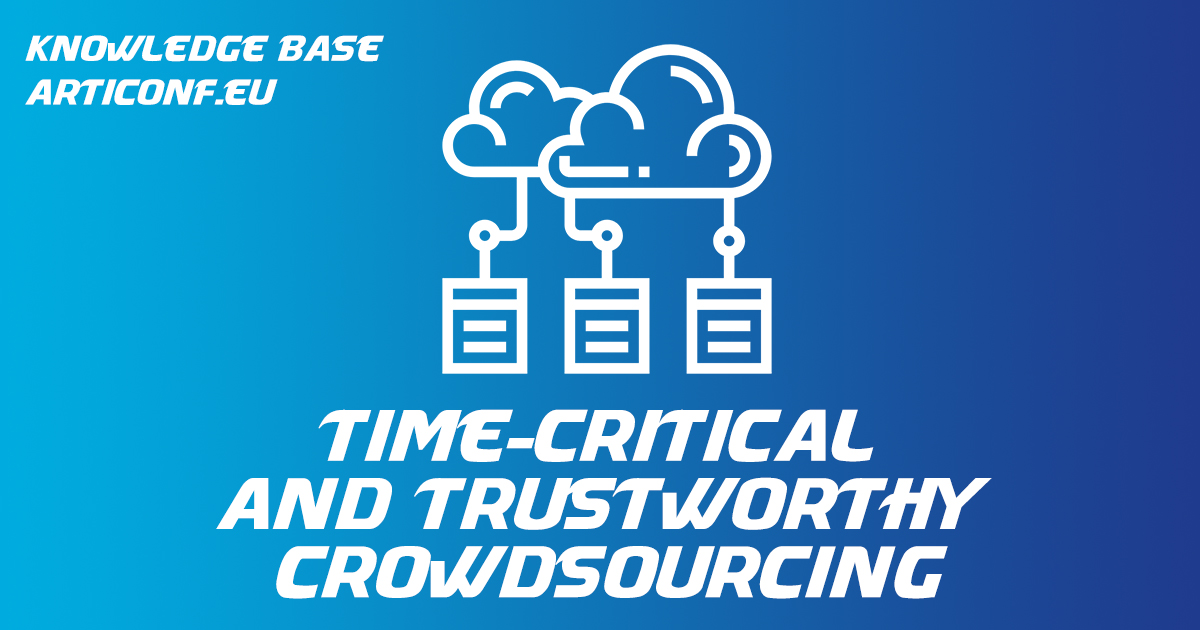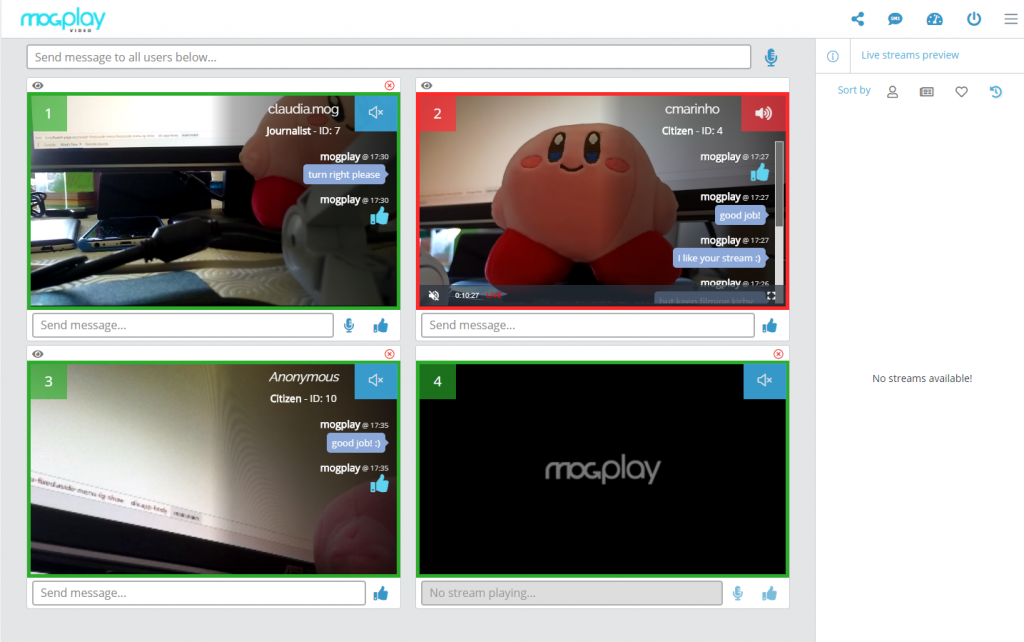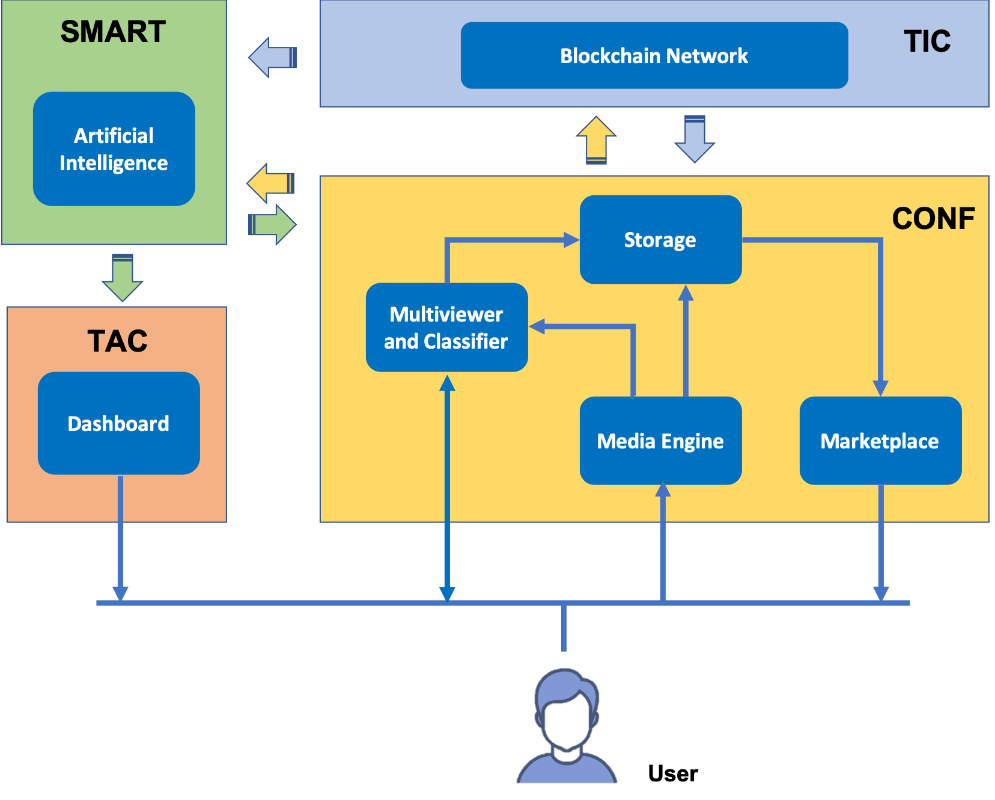
Tackling the time-critical and trustworthy challenges in crowdsourced journalism using ARTICONF toolkit
Timely news reports are important in our life; from those reports, we have views of the world where we live. Traditionally, those news reports are provided by professional journalists via news agencies. Enabled by the internet and smartphones, the concept of “crowd journalism” (also known as “citizen journalism” and “crowdsourced journalism”) emerged first in 2004 following the Indian Ocean tsunami. Since then, this concept has become increasingly relevant in the discussion about the current state and future of journalism as a collaborative model. With the proliferation of news-oriented channels (traditional and online), the lowering costs of mobile data packages and the increase in standard smartphone video quality, it is common that normal citizens are the first to arrive at breaking news locations (e.g. car crashes, fires, earthquakes) and the first to capture relevant videos about the incident. At the same time, the police, the fire brigade or the citizens themselves need to inform the traditional channels (e.g. television, newspaper, radio) about the events that have occurred.
Time and quality of content are important facts for the value of a news report. The first “journalist” that arrives at the location are the ones that usually have the highest audience and, therefore, generate the highest revenues for the media publisher. There may be a considerable delay between the content captured by the first person to arrive at the incident location (the citizen) and the professional (the journalists), as media producers tend to rely on user-generated content. For example, in the case of an explosion in a chemical factory, it is much more important to inform the citizens as soon as possible, even by using lower resolution videos than to wait for professionals to produce high-quality videos later on. The number of crowd journalism sources can easily outnumber the professional sources, making the journalist a single point-of-view within the group.

The success of a crowd journalism system requires not only well-designed tools for processing media content, but also on-demand customisable infrastructure for time-critical and trustworthy service quality. Advances in post-processing tools and the spread of social media platforms have created an environment susceptible to the spread of rumours and fake news. The ease in which fake information spreads in electronic networks requires reputable news outlets that carefully verify third-party content before publishing it. The trustworthy functional environment is an integral requirement for resource contribution and collaboration affecting long-term stability of a collaborative P2P application. The challenge lies in finding trustable resources that collaborate with each other to accomplish the desired end-result.
ARTICONF provides tools to model the application as a decentralized paradigm (namely DApp) in which the interactions among citizen journalists, news agencies and media specialists will have an open and transparent collaboration platform enhanced by blockchains (namely TIC). Moreover, the ARTICONF infrastructure automation tool (namely CONF) will make the necessary provisions to guarantee the QoS (e.g. bandwidth, latency) in the deployment and execution of the application, so that citizens at a breaking news location will have the necessary resources to transmit video streams through a nearby Cloud edge hosting resource to the media producer (e.g. journalist, director, producer). The producer selects a particular user, previews the associated active feeds, and live edits the received stream.

A conceptual diagram of the Crowd Journalism use case can be prototyped via 5 key components: capture module, central viewing platform, marketplace, media engine and storage. Each of them interacts with at least one tool of the ARTICONF ecosystem, be it directly or indirectly.

Using the runtime monitoring and adaptation features provided by the ARTICONF CONF tool, the crowd journalism DApp operator can connect the other DApp software engineering tools, e.g., for development and testing, with the application deployment and operation, and reduce the over cost.
This Knowledge Base Resource was developed by University of Amsterdam and MOG Technologies. Our goal was to raise awareness related to the topics of decentralization, reliability and validation of time-critical Decentralised Applications (DAPPs).
< Thanks for reading. We are curious to hear from you. Get in touch with us and let us know what you think. >